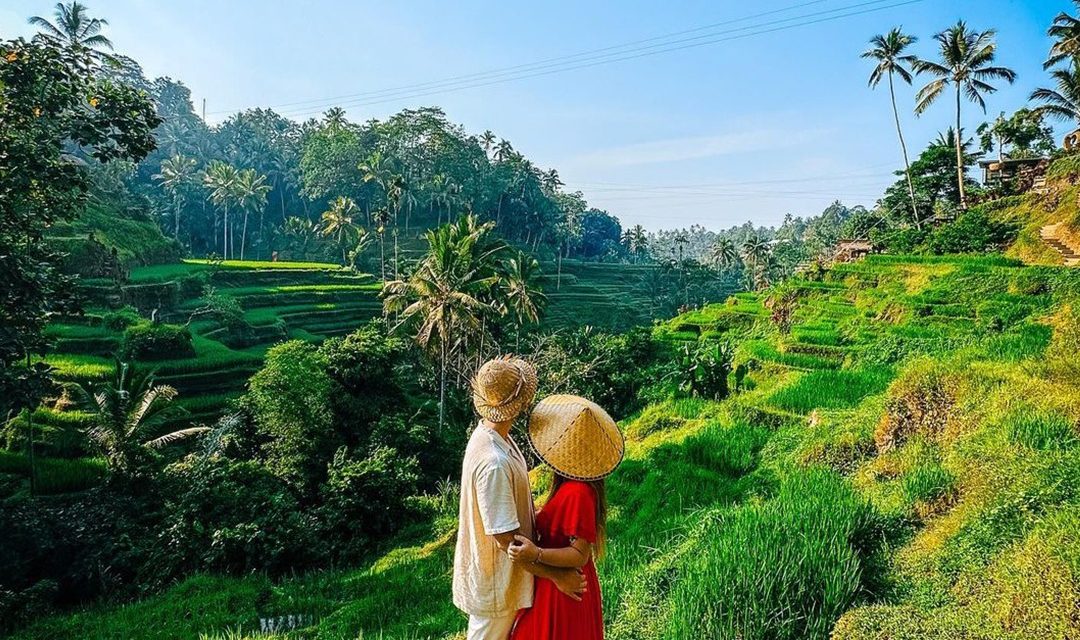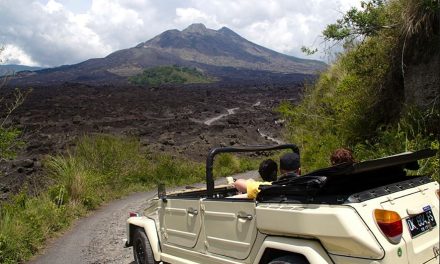Kuta, with its beautiful beaches and vibrant nightlife, is often celebrated as a tropical paradise. However, beyond the waves and sun-kissed sands, there lies a rich tapestry of history waiting to be explored. If you’re planning a visit, or if you’re just curious about Kuta’s past, let’s take a delightful stroll through some historical landmarks that tell the story of this bustling Balinese town. Trust me, there’s much more to Kuta than just surfing!
1. Vihara Dharmayana Kuta
Nestled amidst the hustle and bustle is Vihara Dharmayana Kuta, a serene Buddhist temple that’s easy to miss if you’re not looking out for it. The first time I stumbled upon this hidden gem, I was searching for a quiet spot to escape the heat after a long day at the beach. As I entered the temple, the peaceful ambiance enveloped me, with intricate statues and vibrant decorations illuminating the space.
This temple dates back to the 19th century and serves as a testament to the cultural diversity of Bali. It’s a fascinating place where you can observe traditional ceremonies, especially during the Chinese New Year when the temple comes alive with festivities. If you’re keen to immerse yourself in a different side of Balinese culture, I highly recommend stopping by, especially during ceremonial days. Don’t forget to bring your camera—the ornate details are stunning!
2. Kuta Beach Shark Island
You might be wondering, Shark Island? Isn’t that just a spot for water sports? While Kuta Beach is known for its thrilling water activities, there’s a historical significance tied to it. The area surrounding Kuta was not always the bustling tourist hub it is today. When I first visited, I took a moment to learn about the local fishing community’s history, which extends back centuries.
Shark Island itself was once a location where fishermen would practice traditional fishing methods. While the antics of beachgoers and tourists can overshadow the historical aspects, take time to appreciate the livelihood of the locals that shaped Kuta’s economy. I encourage you to chat with fishermen and learn how their lives have evolved over the generations. You’ll leave with unique stories and insights!
3. Kuta Square and the Kuta Art Market
Now, let’s talk about Kuta Square—full of shops, restaurants, and an undeniable buzz. But did you know it also offers a piece of Kuta’s history? The bustling square, though modernized, stands on land that has been integral to Kuta’s development as a community hub. I remember my first evening there, wandering through the Kuta Art Market, where I was mesmerized by the craftsmanship and local art.
Make sure to interact with the friendly locals. They’re often more than happy to share the significance of their crafts, which reflect not just the culture but also the evolution of tourism in the area. It’s a great place to find unique souvenirs while supporting local artisans. Why not pick up a batik or a small sculpture? Having a piece of Kuta’s artistic expression feels like bringing a piece of history home with you.
4. Pura Desa Kuta (Kuta Temple)
Pura Desa Kuta is a must-visit for history buffs and spirituality seekers alike. Situated close to the heart of Kuta, the temple is one of the oldest in the area, dedicated to the local god, Sang Hyang Widhi Wasa. My visit was particularly memorable during a ceremony when communities came together, showcasing vibrant traditional attire and performing age-old rituals.
The temple’s architecture is nothing short of breathtaking, with intricate carvings and a serene atmosphere that draws you in. If you have an opportunity to witness a ceremony, I promise it’s an experience you won’t forget. Just remember, it’s respectful to dress modestly, so consider bringing a sarong along!
5. The Bali Bombing Memorial
Kuta’s more somber historical landmark is the Bali Bombing Memorial. Located near Kuta Beach, it serves as a poignant reminder of the tragic events that took place in 2002. I remember standing before the memorial, reflecting on its significance and the lives lost that night. It’s a place for contemplation and remembrance, where visitors can pay their respects.
What struck me most were the messages left by travelers from around the globe—words of hope and solidarity. Visiting the memorial not only honors those who were affected but also deepens your understanding of Bali’s resilience and spirit. Should you visit, take a moment to sit quietly and reflect. It’s a powerful experience.
Practical Tips for Exploring Kuta’s Historical Landmarks
– Plan Your Visits: Some landmarks have specific visiting hours, especially temples and markets. Always double-check before you go!
– Stay Hydrated: Kuta can get hot, especially if you’re walking around. Keep water handy as you explore.
– Ask Questions: Locals are often friendly and open to share stories about their history and culture. Don’t hesitate to engage!
– Respect Dress Codes: Especially in temples, it’s important to dress modestly. Sarongs are often provided at the entrance, but bringing your own is a good idea.
Wrapping Up
As you plan your Kuta adventure, remember that historical landmarks offer more than just a break from the beach. They provide a window into the rich culture and heritage of Bali that you might miss if you only focus on the surf and sun. Whether you’re wandering through a temple, chatting with local artisans, or reflecting at a memorial, each experience adds depth to your understanding of Kuta.So, when you dig your toes into the warm sands of Kuta, know that under the surface lies a chronicle of stories, traditions, and legacies waiting to be discovered. Happy exploring!






